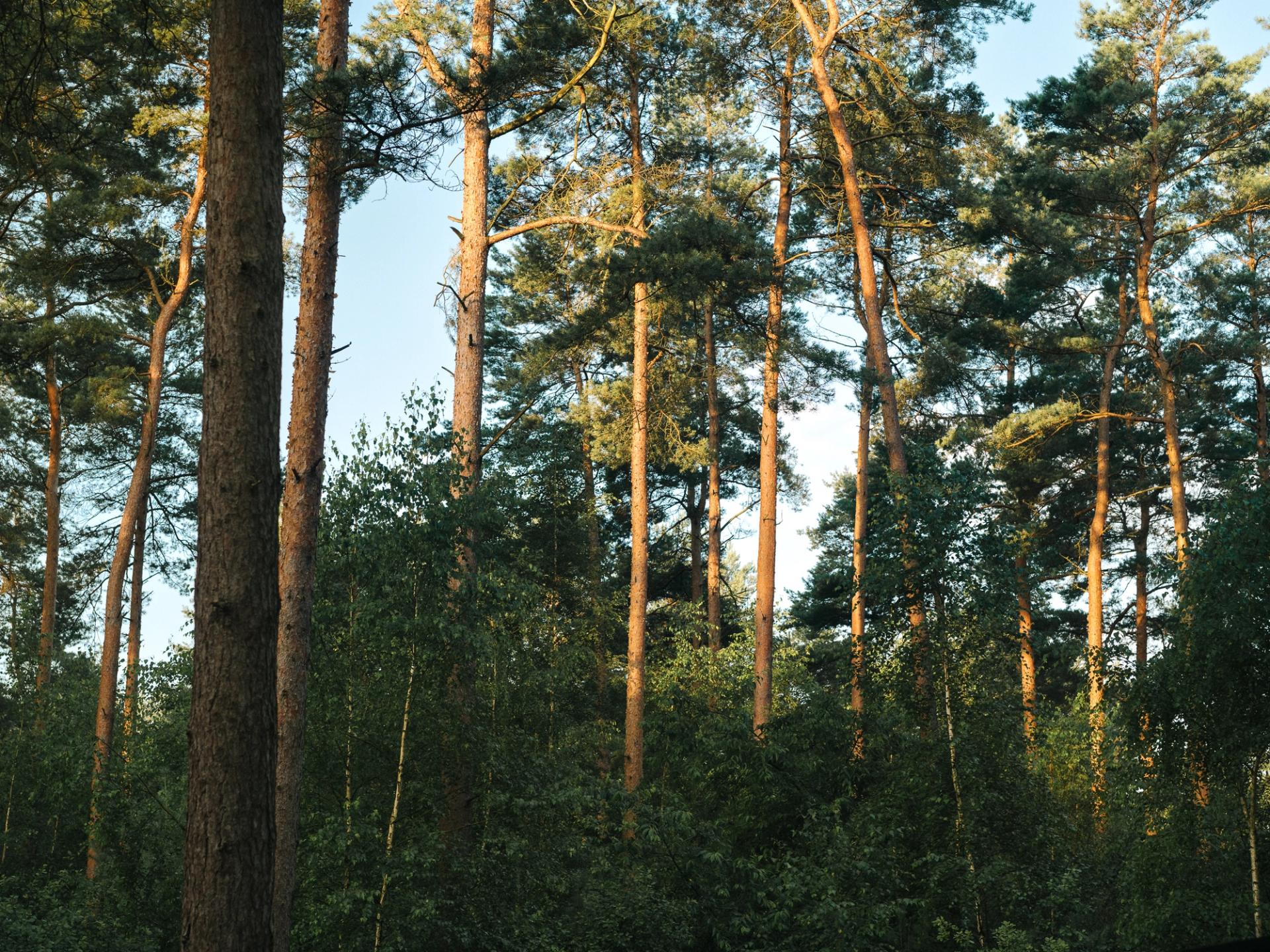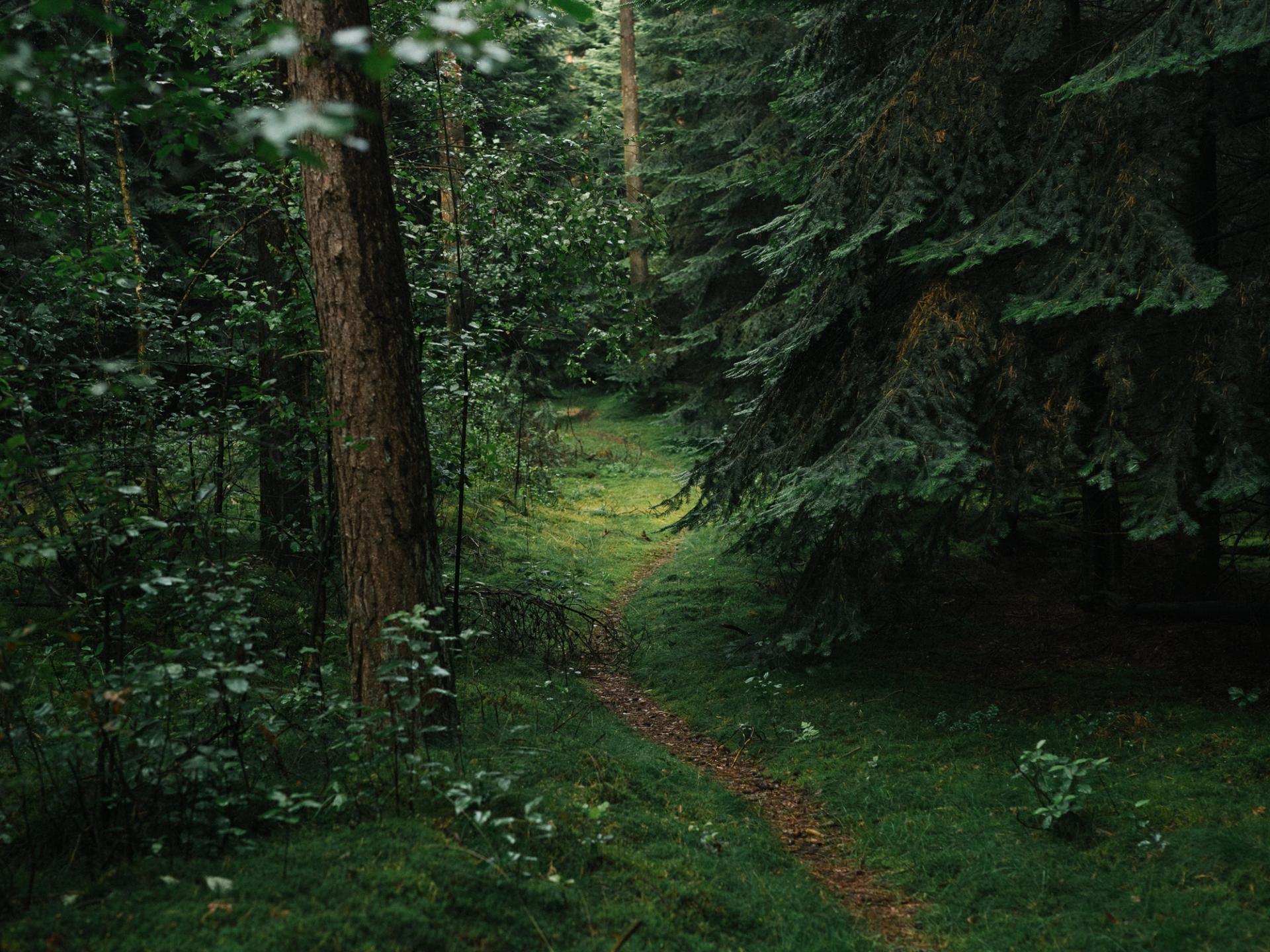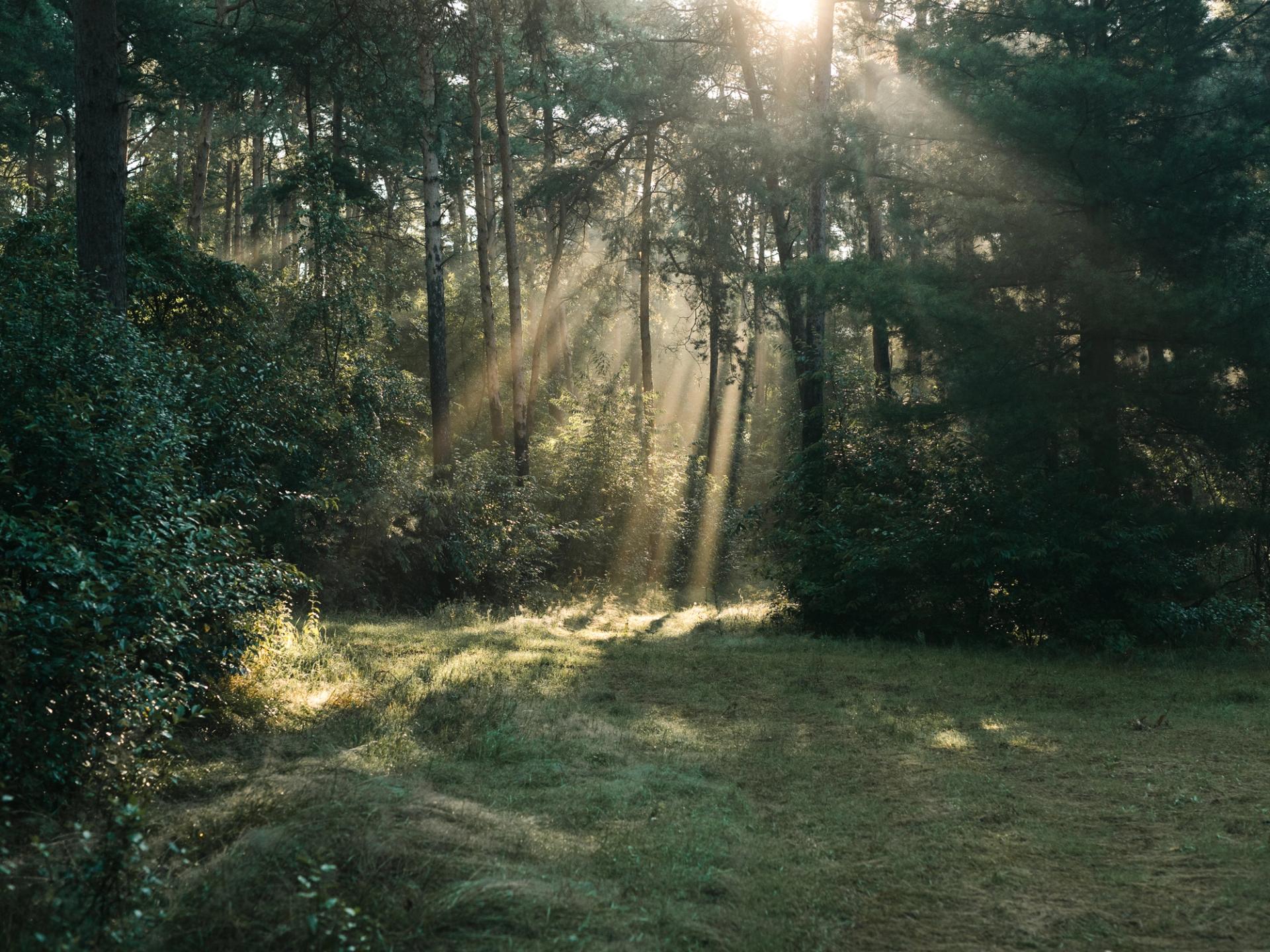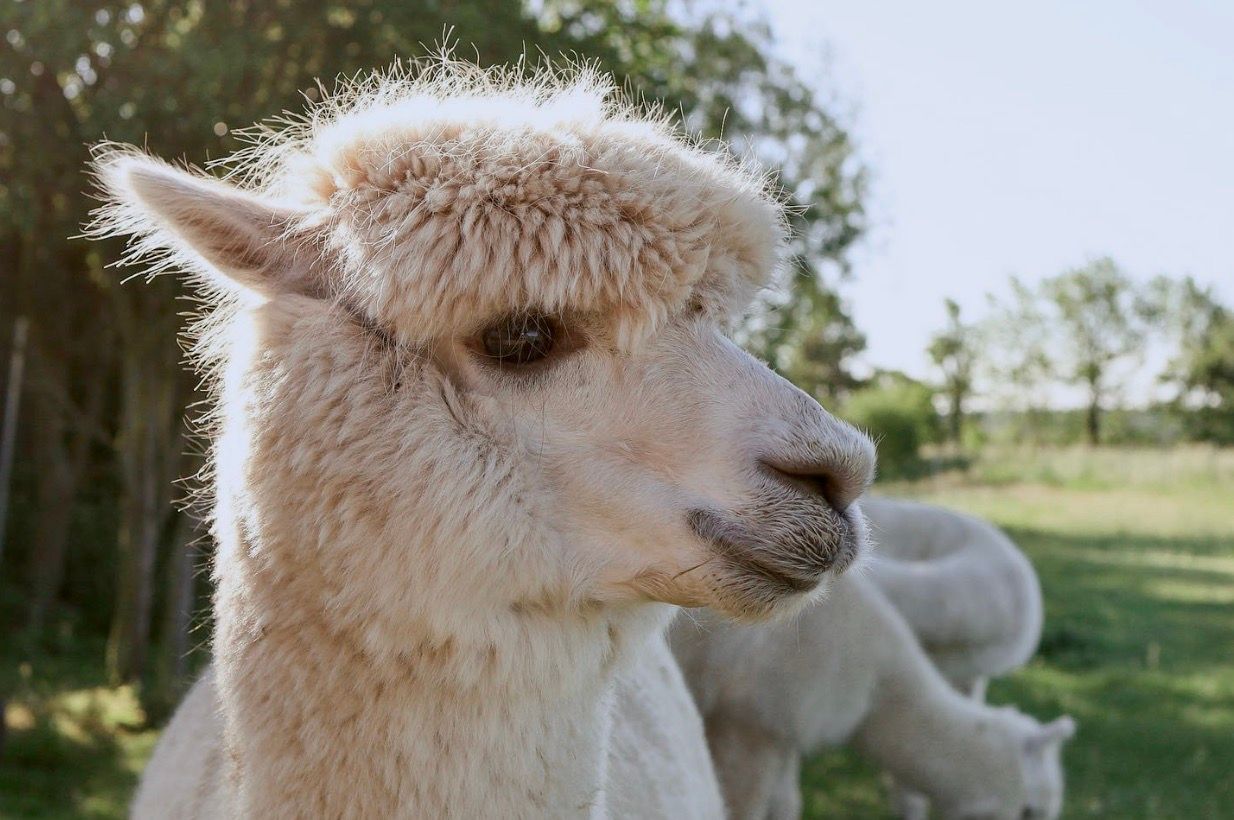Perspectives
On the Trail of the Forests
For centuries, forests have symbolized mystery and served as places of longing, filled with magic and inspiration. They offer silence, invite relaxation, and hold the stories of countless myths, fairy tales, and literary works. Those who step into their shadows get more than just a break from everyday life—they'll find an intermission, immersing into the scent of moss and the whisper of leaves. Forests are living organisms, a network of roots, life, and memories. And those who truly lose themselves in the woods discover not only their beauty but also their power to ground us, inspire us, and fill us with wonder time and again.

To better understand their mysteries—especially during a retreat in a cabin in or near the forest—we have teamed up with Wohllebens Waldakademie to bring you a digital forest experience. If you book it as part of your stay, it will accompany you on an extended walk through the tree-lined paths, revealing the big and small secrets hidden among the treetops.
Why did we choose Wohllebens Waldakademie? Founded in 2015, the academy is now a leading educational institution for forest and nature-related topics. Through numerous seminars, excursions, and guided tours in the Eifel region, the academy actively engages in forest conservation across Germany. This includes initiatives like the UrwaldProjekt, the Forest learning platform Wald Lernen, the Forest Summit for forest policy discussions, advisory services for companies and forest owners, and the podcast “Peter und der Wald”.
The academy's team consists of biologists, geographers, foresters, economists, and experts in marketing, IT, and business management. What unites them all? “A love for the forest—whether we research it, protect it, share knowledge about it, or develop our vision further,” says Johanna Wohlleben, the managing director of Wohllebens Waldakademie. In an interview, she shares insights on the mysterious messages trees exchange, how they learn across generations, and what they teach us about mindfulness.
How are German forests doing?
Most forests are suffering from increasing drought and intensive forestry interventions, particularly in unnatural plantations. The more intact and original a forest is—like those in our UrwaldProjekt—the better its condition tends to be. Leafless treetops and dead branches indicate that deciduous trees are struggling, while needle trees like spruce show signs of distress through a reddish discoloration of their needles.

Trees can feel, perceive, and communicate—just not in the way we expect. What fascinates you most about them?
What fascinates me most is that trees can pass on information across generations. Research has shown that they can “remember” dry years and pass this knowledge on to their offspring. Young trees whose parent trees have experienced drought periods are better prepared for similar conditions—they grow differently, regulate their water supply more efficiently, and thus have a higher chance of survival. This principle of epigenetics reveals that trees are much more than just living organisms: They are nature’s knowledge keepers, adapting over centuries to their environment. To me, this is one of the most astonishing secrets of the forest.
How can we imagine a conversation between trees? How do they communicate, and what do they talk about?
It is well-documented that trees exchange information through their roots and via airborne scent messages, such as warning each other when insects start feeding on them. This allows neighboring trees to begin producing defensive substances and store them in their leaves. If the insects attempt to expand their attack, they quickly lose their appetite, preventing major damage to the tree. Over 2,000 similar signals have already been identified. Whether trees engage in casual chats, however, remains an open question—this aspect is much harder to research and will likely remain a mystery for some time.
A walk in the forest often brings us into the present moment. What do forests teach us about mindfulness?
If we are preoccupied with our to-do lists or upcoming appointments during a forest walk, we risk overlooking countless wonders. The forest is full of life, but we often only notice it upon closer observation. A simple practice: Find a comfortable spot against a thick tree trunk, sit quietly for 15 minutes, and close your eyes. It takes time for birds and other animals to get used to our presence, but once they do, we can begin to hear the rich symphony of life in a healthy forest. By temporarily shutting off one sense, we sharpen our others, allowing us to fully perceive the life we might otherwise miss.

Many people have lost their connection to nature. What advice do you have for those looking to reconnect through a walk in the woods?
Anyone who takes a closer look at the forest from a fresh perspective will discover a fascinating world full of wonders—a hidden universe that is difficult to put into words. At the Forest Academy, we often use small magnifying glasses to reveal these hidden details. This allows participants to explore the rough texture of tree bark, the secretive life within decaying wood, the velvety green of mosses, and the intricate patterns of lichens. Suddenly, a multitude of “small forests” within the larger forest is revealed—a microcosm of surprises.
Is there anything we can do to support our local forests?
There are definitely ways to get involved directly in your own area: Engaging in discussions with foresters, connecting with like-minded people who share a passion for the forest and nature, and working together on local conservation efforts. Often, more is possible at the community level than one might think.



